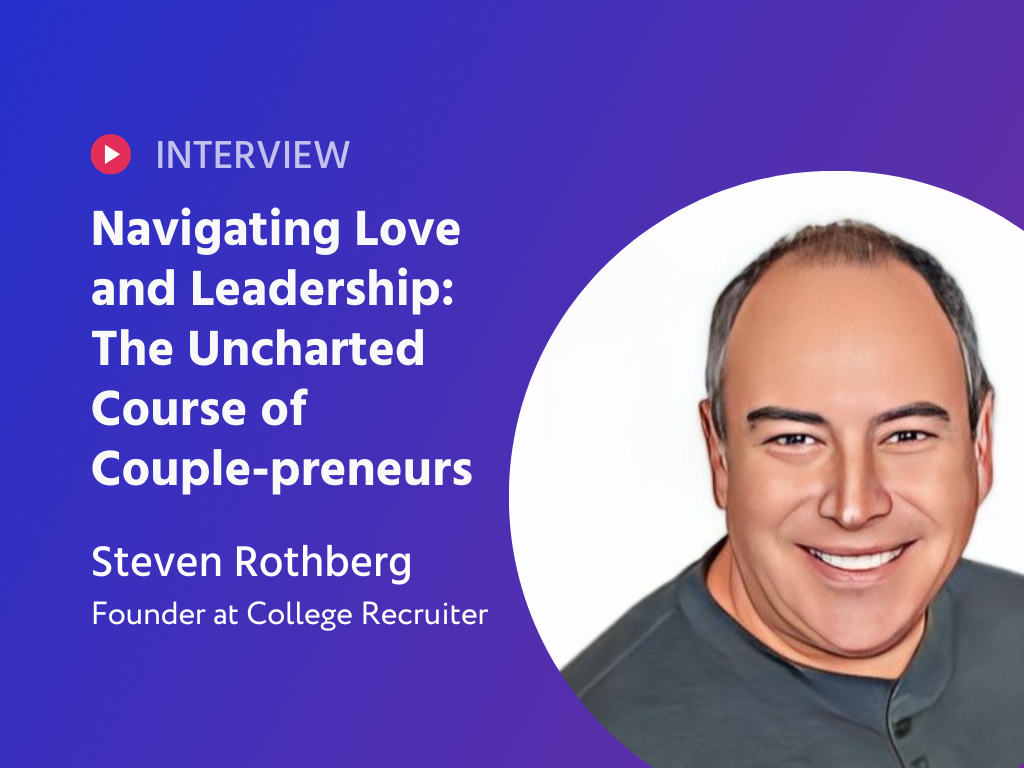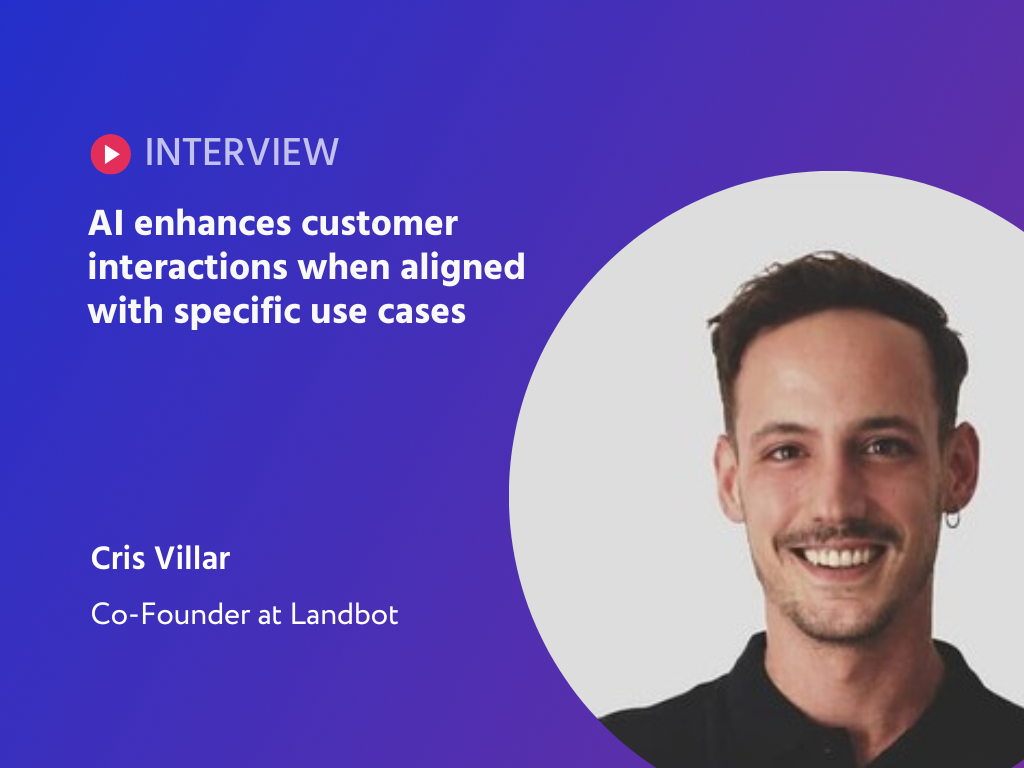In today’s Bright Founders Talk at Temy, we had the pleasure of sitting down with Harrison Touati, the brilliant CTO and co-founder of Rhino.ai. With a rich background in AI and enterprise software modernization, Harrison brings deep insights into an often overlooked but crucial field.
Rhino.ai is on a mission to automate the modernization of legacy enterprise applications—systems that quietly power the core operations of governments and corporations alike. Harrison shares how his entrepreneurial journey began with a desire to escape being just another “cog in the machine” and instead build something meaningful.
From capstone projects in college to late-night experiments with natural language processing, his fascination with AI has only deepened. His path is marked by a unique blend of technical expertise, strategic thinking, and an unshakable drive to innovate. In this conversation, Harrison takes us through the challenges of updating outdated systems and how AI is transforming that space. Join us as we explore the origins of Rhino.ai and the mind behind its technical vision.
From Alphabet Loops to AI Legacy: Harrison’s Accidental Dive Into Modernization
When Harrison Touati talks about modernizing enterprise software, he makes it sound surprisingly human. It’s not just code and systems—it’s stories of painful upgrades, government tech nightmares, and the quiet heroism behind keeping aging platforms alive. At Rhino.ai, Harrison and his co-founder, Adam Branch, are on a mission to automate the tedious but vital process of software modernization. “It’s not sexy work,” Harrison admits, but it’s the kind of digital plumbing the modern world can’t live without. Think government grant systems, massive ERP platforms, ancient inventory tracking tools—this is the legacy architecture we rarely see, but that keeps the lights on. Harrison’s passion? Making sure those systems don’t fall apart.
But he didn’t always dream of taking on the world’s crusty codebases. In fact, Harrison found himself torn between two extremes: either launch a company or slack off and spend his days playing video games. Lucky for enterprise software, he chose the harder path. “I really don’t like feeling like a cog in the machine,” he says—and that instinct for independence shaped his journey into entrepreneurship. Starting Rhino wasn’t just a career move; it was his way of taking back creative control in a space most engineers shy away from. Where others see dusty legacy code, Harrison sees a challenge worth tackling with cutting-edge AI.
I really don’t like feeling like a cog in the machine
His fascination with artificial intelligence sparked years ago, almost by accident, during a senior capstone project at the University of Virginia. A scheduling glitch landed him in a natural language processing research group, and that twist of fate lit a lifelong fire. It was 2012, long before ChatGPT or flashy AI headlines—just basic models, some text data, and curiosity. He remembers those late nights tinkering with Keras and LSTMs, celebrating when his model could finally spit out repetitive phrases like “and the.” It sounds laughably simple now, but it was the beginning of something bigger. “That was kind of the genesis,” he reflects, and that spark would one day become Rhino.ai.
“Dead Coders and XML Nightmares”: Why Harrison Builds AI Backwards
Ask Harrison about the hardest technical challenge in his career, and he won’t talk about training the latest cutting-edge language model. Instead, he’ll tell you stories from the trenches—like being 25 and dropped into a massive federal grants management system filled with messy logic, legacy code, and clashing compliance rules. “It wasn’t about cool AI models,” he says. “It was about surviving enterprise software.” Working with giant government systems, he learned that real-world problems aren’t solved by fancy math—they’re solved by building systems that can integrate, stay online, stay secure, and handle thousands of interlocking pieces without breaking. In other words: systems that actually work when it matters.
It wasn’t about cool AI models, it was about surviving enterprise software
That experience shaped everything he does at Rhino. While others chase AI that writes perfect apps from scratch, Harrison focuses on something radically different—helping AI understand the messy business logic hidden deep inside old, often undocumented, systems. “The developers for these systems are dead,” he says, half-joking but entirely serious. These systems—ERP platforms, low-code apps, XML spaghetti piles—hold the core workflows of entire industries. And without truly understanding how they function, any effort to replace or upgrade them is doomed to fail. Harrison’s approach? Flip the script. Analyze the legacy first, extract the real rules, and only then let AI step in.
At Rhino, they call this their “backwards approach,” and it might just be the missing piece in the modernization puzzle. Instead of starting with a list of vague requirements and hoping AI can fill in the gaps, they use AI to find the real requirements—the ones buried in ancient logic, weird integrations, and forgotten workflows. “If the AI is trying to automate bad requirements, it's useless,” Harrison explains. That’s why their tools don’t just scan Java or Python; they tackle SAP, ServiceNow, Salesforce, and the dreaded XML configs that no one wants to touch. It's gritty work, but Harrison knows it’s the only way to make enterprise AI stick.
“The Future of Work Is No Work”: Harrison on AI, Responsibility, and What Comes Next
When Harrison talks about the future of AI, it’s not all starry-eyed optimism. In fact, it’s a bit dystopian—refreshingly honest, but still a gut punch. Right now, he says, AI tools are boosting productivity and automating boring tasks, sure. But the demand for software is still so massive that developers aren’t exactly going extinct. Not yet. Still, he sees a tipping point on the horizon, where models become so capable that they don’t just help—they replace. “Eventually,” he warns, “AI won’t just do part of your job—it’ll do all of it.” And when that day comes, Harrison isn’t convinced we’ll all just pivot to new roles. Some jobs, he says, simply won’t exist anymore.
AI won’t just do part of your job—it’ll do all of it
Despite this rather bleak prediction, Harrison isn’t anti-innovation. Quite the opposite. He’s all in on building better AI systems—but he’s adamant that speed must be balanced with responsibility. Especially in enterprise and government sectors, where the cost of failure is way higher than a broken web app. “Move fast and break things doesn’t work when the thing you break is a hospital system,” he says. That’s why Rhino’s AI is laser-focused on understanding existing systems before trying to improve them. For Harrison, real responsibility in AI starts with knowing exactly what your software is supposed to do—because without that, you're just spinning up code in the dark.
As for what’s exciting him lately? Surprisingly, it's not just GPT updates or shiny LLMs. He lights up when talking about hardware-based learning—specifically, research that shifts model training closer to the silicon, like the "forward-forward" algorithm Geoffrey Hinton explored. It’s geeky, yes, but potentially revolutionary: imagine powerful models running inside everyday devices with barely any compute cost. He’s also intrigued by the “theory of mind” and where AI’s capabilities start to nudge into philosophical territory. If a model can do everything a person can do, he muses, does that mean it feels like something? “I know it sounds sci-fi,” Harrison admits, “but we should take it seriously.” And knowing him, he already is.
Quantum Fears, Toaster Models, and Team Culture: Harrison Gets Real About What Actually Matters
When asked about quantum computing and the potential security apocalypse it could bring, Harrison didn’t flinch. He’s not losing sleep over it. “Humans are pretty good at breaking stuff and patching it later,” he shrugged. While others spiral into worst-case-scenario thinking, he’s more excited about what quantum and AI could accomplish together—faster processing, smarter models, and wild efficiency gains. Whether quantum takes off or not, he believes AI’s evolution is inevitable either way. Still, he drops a note of caution: that combo of quantum acceleration and advanced AI could turn today’s “unthinkable” into tomorrow’s reality, fast.
Humans are pretty good at breaking stuff and patching it later
But if there’s one topic that really lights Harrison up, it’s culture—specifically, how you build a team that can keep up with AI’s relentless pace. For him, it all starts with the hiring process. Not buzzwords. Not perks. Just getting the right people in the door. “If you mess up the interview, you’re already playing catch-up,” he says. The secret? Don’t rush. Take your time, even when it hurts. Because once you’ve got a team that’s aligned—people who care about each other and the mission—you don’t need to force innovation. It just happens.
Looking back, Harrison admits he would’ve approached team building differently if he had to start over. The AI world moves fast, and two years ago, no one knew how to build with agents or what skillsets were even relevant. Now, he’s clearer on what makes a great AI engineer, and that clarity would’ve been a serious advantage early on. As for aspiring founders, his advice is simple but often ignored: “Don’t start a company just to start a company. Do it because you actually care.” It’s not just about chasing cool tech—it’s about picking the kind of problem you’d still want to solve after a dozen setbacks. Because with startups, there will be setbacks. Probably a hundred of them. Passion is the only thing that’ll keep you in the game.




